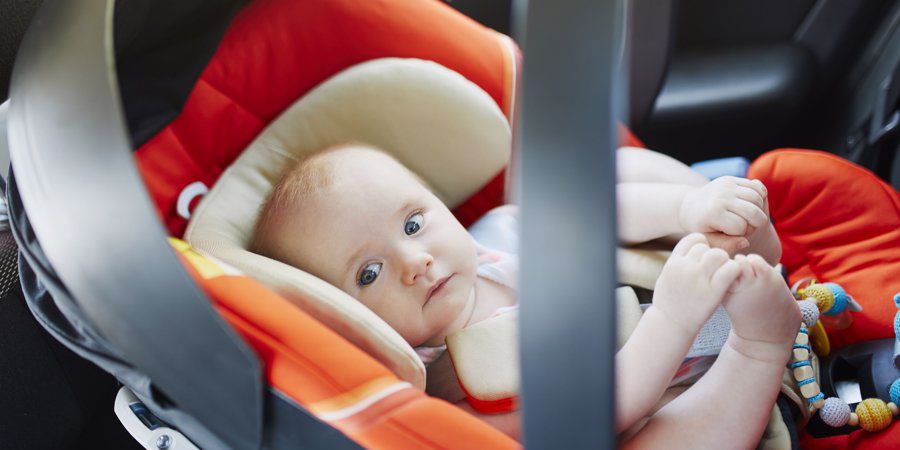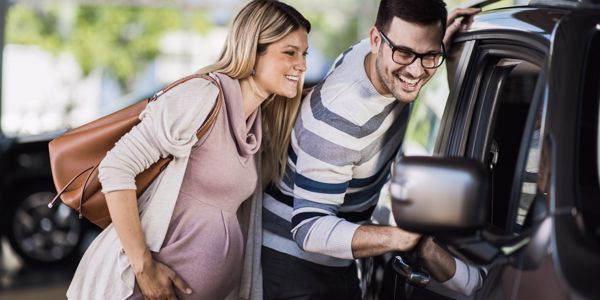Car seats can be confusing. It feels like there's so much you need to know – and that goes for whether you're a first-time parent or looking for a new car seat because your newborn, baby or child has outgrown theirs.
The first thing you need to know is that in the UK all children need to use a car seat from birth until 12 years old (or until they are 135cm tall, whichever they reach first). The car seat you buy needs to meet EU standards, and your child needs to be in the correct category of seat for their age and size.

What Size Car Seat?
Car seats are divided into 3 main groups, depending on your baby or child's age and weight:
- group 0+ – rear-facing car seats suitable for babies aged up to about 15 months or who weigh up to 13 kg (29lb); some can be clipped on to a pushchair frame and are known as travel systems
- group 1 – forward-facing seats suitable for children who weigh 9-18kg (20-40lb) or who are aged from about 9 months to 4 years
- group 2/3 – high-backed booster seats suitable for children who weigh 15-36kg (33lb-5st 9lb) or are aged from about 4 to 11 years
You can also buy combination seats that cross over these groups, such as group 0+/1 seats, which are suitable from birth until your child weighs about 18kg (40lb) or is aged about 4. These can be more economical, but may not offer the same level of protection.
Your Baby Club and Center Parcs are giving you a chance to win a family break in a Woodland Lodge at a UK Center Parcs village of your choice.
Tips for buying a car seat
- When buying a car seat, it's best to try a few in your car before making a decision. Try to find a retailer who is willing to help you with this. Ask whether staff have been trained in fitting car seats.
- Not all seats fit all cars, so make sure your seat of choice is compatible with your vehicle.
- Check whether your car has Isofix connectors built into it. ISOFIX is an internationally standardised car seat fitting system. All new vehicles feature the system which allows you to quickly and easily install an ISOFIX car seat into your car.
- i-Size: Introduced as a new legislation for car seats in 2013, i-Size seats aim to offer improved protection for younger children. i-Size seats are based on a child's height (not weight) and allows them to travel in the recommended rear-facing position for longer up to at least 15 months old - some seats allow children to continue travelling rear-facing until 4 years. The i-Size seats do not replace the weight based car seats they just offer you an alternative choice when picking your car seat.
- Some car seat manufacturers have online guides showing which cars their seats will fit in. If your baby is likely to travel in another car regularly check the car seat fits their car, too.
- Always choose a baby or child car seat that's right for your child's current height and weight.
- Do not buy a secondhand car seat. It could have been damaged in an accident, and may not have all its parts, including the instructions. It may also not be the safest and most user-friendly model, plus it may not fit your car properly.
- Think about how you will be using the car seat. If you'll be lifting your baby in and out of the car a lot, for example, you may be better off getting a lightweight seat with a base that stays in the car.
- All car seats in this country should be EU approved. Look for the "E" mark label on the seat.
To find out more, take a look at the government guidelines.





